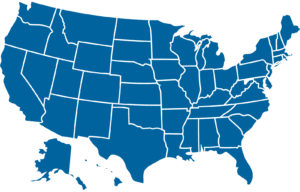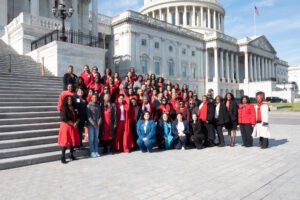The Consensus Model For APRN Regulation, Licensure, Accreditation, Certification And Education
Currently there are effortsunderway to harmonize regulations and state-to-state regulatory consistency for these roles. The Consensus Model for APRN Regulation, Licensure, Accreditation, Certification, and Education was created to do just that.The purpose of the Model is to guide states and jurisdictions in implementing and monitoring the uniform licensure, accreditation, certification, education and practice of APRNS. Created in 2008, the goal is to have the Model implemented by 2015.
Briefly, the Model has seven components. States and jurisdictions can receive one point for adopting each of the seven elements for each of the four roles. (Total score 28) indicating their progress towards full-scale implementation.
- Title APRN)
- Roles of APRN: ( CNP, CNS, CRNA, CNM)
- Licensure : APRNS hold both an RN and APRN
- Education: Graduate Education
- Certification: Each APRN is required to meet certification requirements
- Independent practice: APRNS should be granted full independence to practice without MD oversight
- Fullprescriptive authority: APRNS should have full prescriptive authority without MD oversight or written collaborative agreement
A number of nursing organizations, schools and colleges of nursing, policy makers, health care institutions and other stakeholders , to name a few, are collaborating to facilitate the implementation of the Model. In each state, there is some activity devoted towards removing statutory, regulatory and reimbursement constraints for APRNS. On the other hand, in some states there are massive efforts to prevent an expansion of scope of practice for APRNS.
The timing of implementing the Model is particularly important, as there are opportunities to expand access to care under the Patient Protection and Affordable Care Act. In addition, APRNS are sorely needed in underserved areas where there is limited access to primary care services. As we move toward 2015, do you know where your state is on adopting these elements? Let’s stay informed, advocate as needed and join others who support the role and contributions of APRNS.
Here are a few resources that will help us stay tuned into what is happening with the Consensus Model in our respective states.
Article:
Cahill, M., Alexander, M. (2014). The 2014 NCSBN Consensus Report on APRN Regulation. Journal of Nursing Regulation. 4(4), 5-12.
Websites:
- National Council State Boards of Nursing: Campaign for APRN Consensus
https://www.ncsbn.org/index.htm
- LACE Network Public Discussion Board
http://login.icohere.com/public/topics.cfm?cseq=935
- ANA Consensus Model Brief
http://www.nursingworld.org/cmissuebrief
(If link does not open immediately, copy and paste link to web browser and press enter)
Prepared by Janice Phillips PhD FAAN RN
NBNA Health Policy Committee





